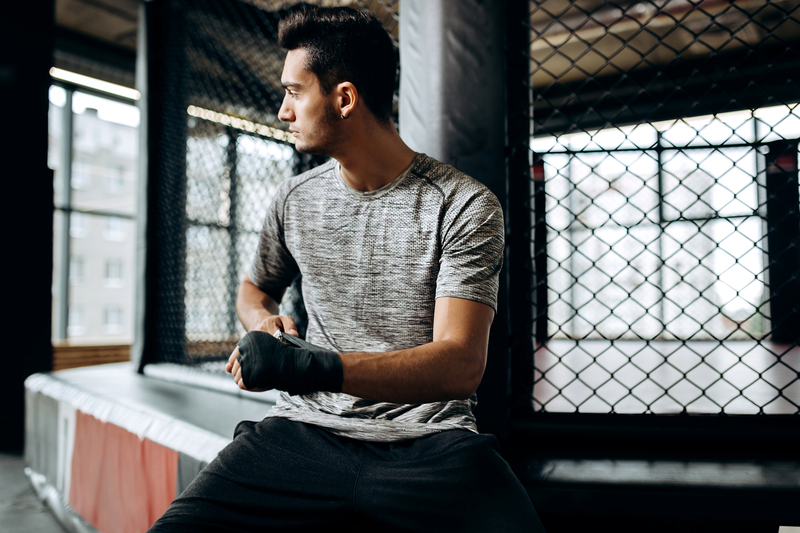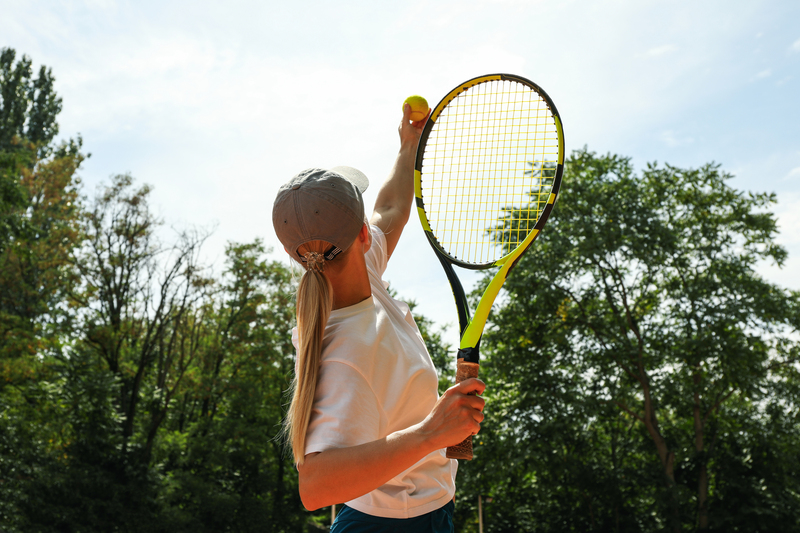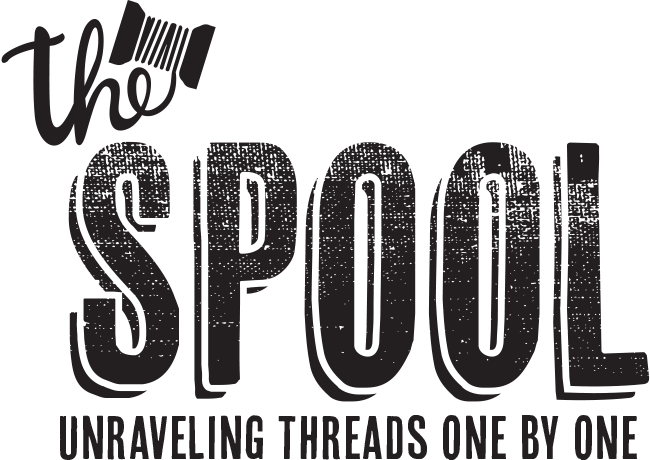
What are Wicking T-shirts?
By ShirtSpace | Jul 10, 2020 | Updated May 25, 2023If you’ve done any shopping for athletic apparel or outdoor apparel you’ve probably seen the phrase “moisture wicking”. Brands are constantly touting their apparel’s “moisture wicking” ability, so it must be important right?
It sounds cool and it seems to be important, but like a lot of people, you may be a little unclear about what exactly moisture wicking means and why you would want it, so let’s get into it.
Image Credit: Envato - look_studio
What do moisture wicking t-shirts do?
From the name alone, you probably have a general idea of what a moisture wicking t-shirt can do. That’s right, it wicks the moisture. But how? And to where?
Moisture wicking t-shirts actually have two jobs. Job one is to wick the moisture away from your skin and unto the outer surface of the shirt. The other job is to dry that moisture quickly so your sweat can’t saturate the fabric. The ultimate result is you stay more comfortable, longer. Without that sweat sitting on your skin, your body is able to regulate your temperature more efficiently and the fabric maintains a dry, comfortable feel.

Image Credit: Envato - liekapro
How do moisture wicking t-shirts work?
The fabric of a moisture wicking t-shirt depends on something called “capillary action” to move the liquid away from your skin and unto the surface of the shirt. The capillary action is achieved by the t-shirt manufacturer by engineering tiny spaces within the fabric that force the sweat through the shirt, on a molecular level.
Brands have managed to refine this molecular moisture wicking by engineering the structure of the fabric to naturally pull sweat from the skin surface through the shirt and away from the body. They’ve further refined the moisture wicking technology by applying various treatments to the surfaces of the fabric to enhance this process.
If you want to do a deep dive into the science of moisture wicking apparel, check out this article.

Image Credit: Envato - AtlasComposer
Which fabrics are moisture wicking? Which are not?
Synthetic Fabrics: Moisture wicking t-shirts and apparel tends to be made with synthetic fabrics. The reason for this is synthetic fabrics don’t naturally absorb moisture. They would be considered “hydrophobic” by nature. T-shirt manufacturers have used this natural ability to repel moisture to construct very efficient moisture wicking t-shirts. Most moisture wicking t-shirts are made with predominantly polyester fabric with a few options being made from rayon or nylon.
Wool: While not a synthetic fabric, wool does have some natural moisture wicking properties. After all, how do you think sheep keep so warm in the winter? The fiber strands in wool do absorb a percentage of the moisture it comes in contact but it also wicks moisture to the surface. We wouldn’t recommend you wear wool during your next workout session though.
Cotton is not moisture wicking: Cotton works very much in the opposite way of moisture wicking. Cotton fibers absorb moisture and hold it in place. Anyone who’s worked up a sweat in a cotton t-shirt can attest to this. There are a lot of wonderful things about cotton but it’s moisture wicking ability is not one of them. Sorry cotton!
So why choose moisture wicking t-shirts?
If you’re a fan of staying cool and dry while doing any sort of activity that might cause you to sweat, moisture wicking is for you. What was at one time a happy accident from the creation of synthetic fabrics has now evolved into a precise technology that allows for some of the most effective moisture wicking t-shirts and apparel ever made.


Comments
Stan Tackett03/24/2024 01:10 pm
I am one of those people that doesn't sweat much, even during a workout. Even in hot weather. So I am finding t-shirts and other cotton clothing scratchy and stiff. Being a cotton lover, I am not fond of the new technic of “moisture wick” and finding it hard to find cotton without it. Even with several washings, this fabric is still uncomfortable.
Reply
ShirtSpace03/25/2024 03:27 pm
Hi, Stan. You are not alone in the thought that cotton is more comfortable than fabrics used for moisture-wicking garments. We have many customers have a preference, with a large chunk of that group veering towards cotton. We would be curious to see what you would think of one of our tees that is made from 100% polyester, but is created to feel like cotton. These styles include the Gildan G420, Sport-Tek ST450 and the entire Sublivie line of shirts. But if moisture-wicking is not a feature you are looking for since you do not sweat much, then we encourage you to stick with cotton. Thanks for reading our blog!
Reply
Brandon Fred05/05/2021 04:35 am
When you sweat wearing a moisture-wicking shirt, the liquid quickly moves to the outer layer of the garment, where it will dry quickly instead of saturating the fabric. This material is preferred for its unique ability to wick moisture away from the body, effectively keeping you cool and dry.
Reply
ShirtSpace10/20/2022 03:20 pm
Hi Brandon! Thank you for reading and taking the time to comment!
Reply
Leave a Comment
We take your privacy seriously and will not share or publish your email address.
This site is protected by reCAPTCHA and the Google Privacy Policy and Terms of Service apply.